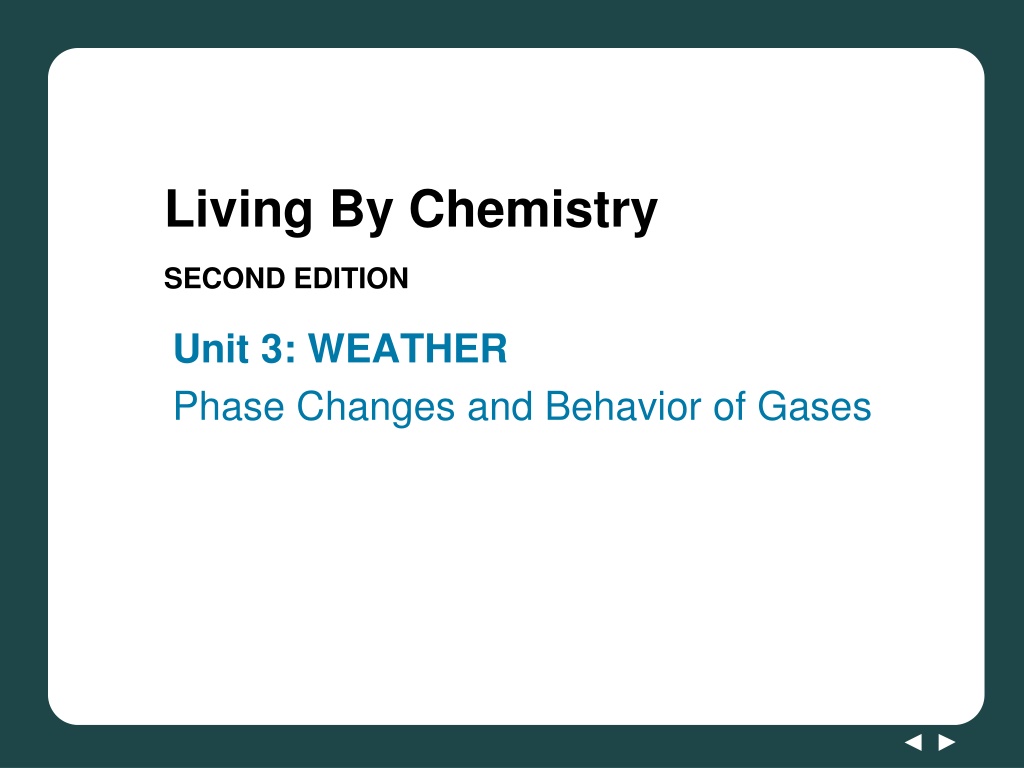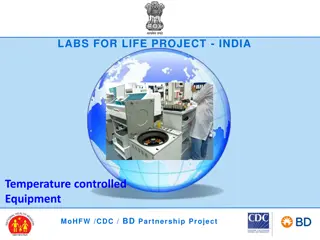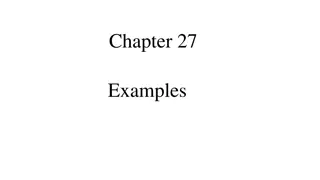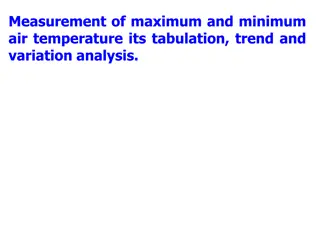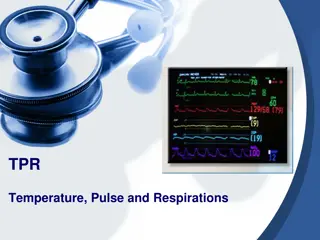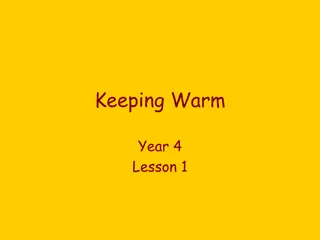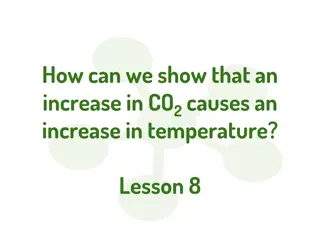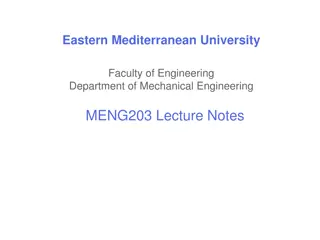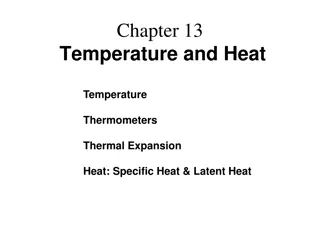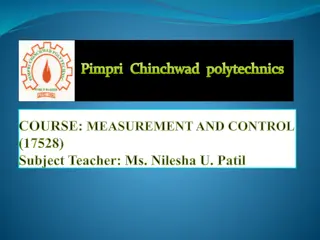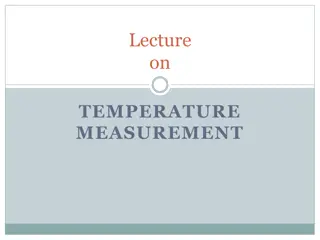Understanding Temperature Measurement with Thermometers
Explore the principles of temperature measurement through thermometers, understanding phase changes, behavior of gases, and creating temperature scales. Compare weather forecasts between Moscow and Washington, discussing which city will be warmer and predicting precipitation types. Dive into discussion notes on matter volume changes, liquid-filled thermometers, gas expansion, and setting temperature scales with melting and boiling points. Discover the history of the modern thermometer and the concept of degrees in temperature scales.
Download Presentation

Please find below an Image/Link to download the presentation.
The content on the website is provided AS IS for your information and personal use only. It may not be sold, licensed, or shared on other websites without obtaining consent from the author. Download presentation by click this link. If you encounter any issues during the download, it is possible that the publisher has removed the file from their server.
E N D
Presentation Transcript
Living By Chemistry SECOND EDITION Unit 3: WEATHER Phase Changes and Behavior of Gases
Lesson 52: Hot Enough Thermometers
ChemCatalyst The weather forecast in Moscow, Russia, calls for a 60% chance of precipitation with highs reaching 30 C, while in Washington, D.C., the weather forecast calls for a 70% chance of precipitation with highs reaching 50 F. 1. Which city will be warmer? Explain your thinking. 2. Do you think it will rain or snow in either of the two cities? Explain your reasoning.
Key Question How is temperature measured?
You will be able to: create a thermometer and a temperature scale describe how a thermometer works explain the Fahrenheit and Celsius temperature scales
Prepare for the Lab Work in groups of four.
Discussion Notes The volume of matter changes in response to changes in temperature.
Discussion Notes (cont.) Many thermometers contain a liquid, such as alcohol or mercury.
Discussion Notes (cont.) Gases expand and contract as the temperature changes.
Discussion Notes (cont.) To set a temperature scale, you need at least two measurements. Melting point or melting temperature: The temperature at which a substance melts or freezes. At this temperature, both solid and liquid phases of the substance are present. Boiling point or boiling temperature: The temperature at which a substance boils or condenses. At this temperature, both liquid and gas phases of the substance are present.
Discussion Notes (cont.) Once you have set a scale with two points, you can determine other temperatures. In 1724, German physicist Daniel G. Fahrenheit invented the first modern thermometer the mercury thermometer. Degree: The increment of temperature that corresponds to one unit on a thermometer. The size of a degree depends on the temperature scale used.
Discussion Notes (cont.) In 1747, Anders Celsius, a Swedish astronomer, created a thermometer with a different scale. Degrees Celsius and degrees Fahrenheit both measure the same thing (temperature). 9 F = ( C)+32 5 or F = 1.8( C)+32
Wrap Up How is temperature measured? The volume of matter changes in response to changes in temperature. Almost all substances expand on heating and contract on cooling. The change in volume of a liquid can be used to measure temperature changes. The relationship between the Fahrenheit scale and the Celsius scale is described by the formula F = ( C) + 32. 9 5
Check-In The temperature is 37 C in Spain in July. How does this compare with body temperature, which is 98.6 F?
